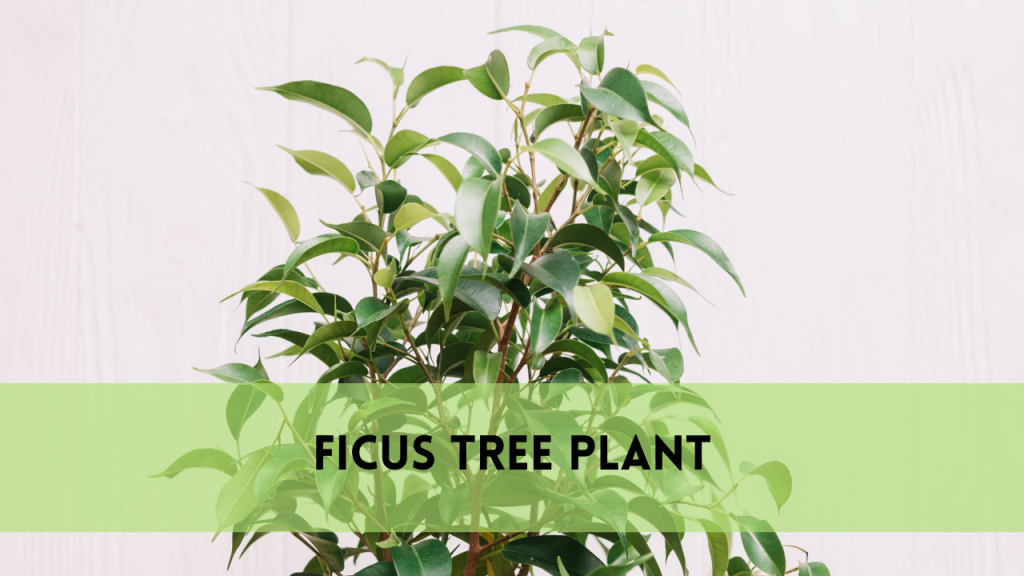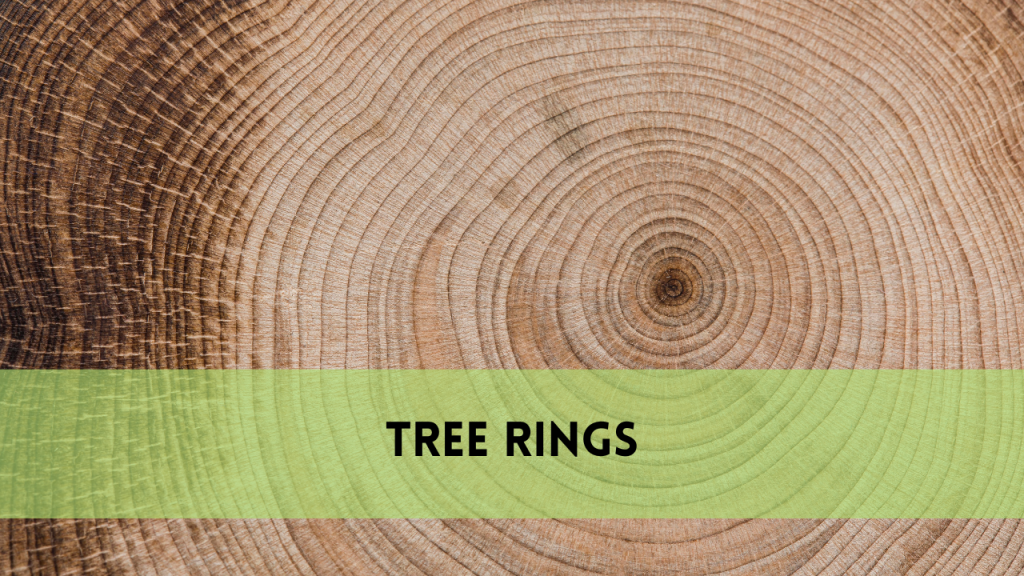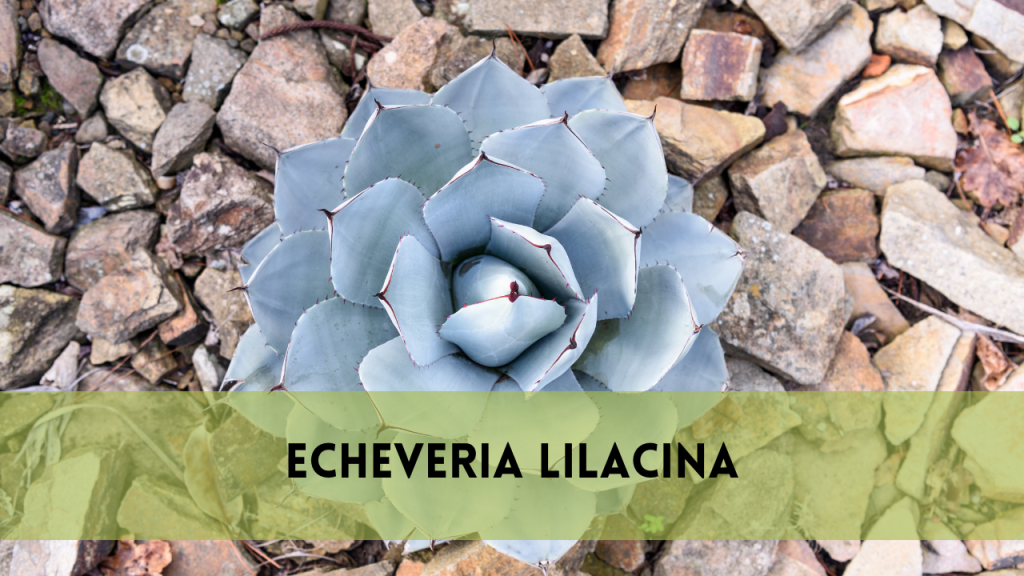Planting a Tree where a Stump was Removed
Planting trees is a wonderful thing to do. Trees provide shade, clean our air, and make the world more beautiful. Why Planting Trees Is Awesome! Planting trees is one of the coolest things we can do for our planet. Trees give us fresh air, shade on hot days, and a home for birds and critters. They’re like the Earth’s lungs, taking in yucky carbon dioxide and giving us back clean oxygen. Learn Can you plant a tree where a stump was removed?
Challenges of Planting Near Stump Removal Sites
When it comes to planting near a stump that has been removed, there can be some challenges. These challenges include:
- Residual Stump Debris: Even after removal, tiny bits of the stump may remain, making it difficult to plant a new tree.
- Nutrient Depletion: The soil around a removed stump might lack essential nutrients for a new tree to thrive.
- Decomposition Process: As the old stump breaks down, it can release substances that harm the new tree’s roots.
Soil Quality and Conditions
Check the soil quality and conditions at the location, Is it well-drained, Does it have the right nutrients for the type of tree you want to plant? Assessing the soil helps determine whether it’s suitable for planting.
Tree Selection
Choosing the right tree species for the location is essential. Consider factors like:
- Climate: Make sure the tree species you select can thrive in your climate.
- Space: Ensure that the tree has enough room to grow to its full size without interfering with structures or other plants.
- Purpose: Think about what you want from the tree, whether it’s shade, fruit, or ornamental beauty.
Preparing the Ground
It is a critical step in ensuring the success of your newly planted tree. Here’s how to do it:
- Stump Removal: If there are any remaining pieces of the old stump, remove them to create space for the new tree’s roots.
- Soil Amendments: Improve the soil quality by adding compost or other organic matter to provide essential nutrients.
- Spacing: Ensure proper spacing and depth for the new tree’s root system.
Planting Process
Now, it’s time to plant your tree. Follow these steps:
- Dig a Hole: Dig a hole deep and wide enough to accommodate the tree’s root ball comfortably.
- Place the Tree: Gently place the tree in the hole, making sure it stands straight.
- Backfill: Fill the hole with soil, packing it down gently to remove air pockets.
- Watering: Give the tree a good drink of water to help it settle into its new home.
- Mulching: Apply mulch around the base of the tree to retain moisture and deter weeds.
- Regular Watering: Keep the soil consistently moist, especially during the tree’s early years.
- Mulch Maintenance: Renew mulch as needed to maintain a consistent layer.
- Pruning: Prune the tree as necessary to encourage healthy growth and remove dead or damaged branches.
Monitoring Tree Growth
As your tree grows, keep an eye on it:
- Healthy Signs: Look for signs of healthy growth, like new leaves and steady height increase.
- Issues: If you notice problems like wilting leaves or unusual spots, address them promptly.
When planting near a removed stump, there are several common mistakes that you should avoid to ensure the healthy growth of your new tree. These mistakes include:
- Leaving Stump Debris: Failing to remove all remnants of the old stump can hinder the new tree’s growth. These remnants can obstruct the root system and create barriers to nutrient uptake.
- Inadequate Soil Preparation: Neglecting to properly prepare the soil can lead to poor drainage, nutrient deficiencies, and compaction issues. It’s essential to amend the soil with organic matter to provide the necessary nutrients and improve its structure.
- Planting Too Soon: Planting a new tree immediately after stump removal may not give the soil enough time to recover. It’s crucial to wait until the soil is in suitable condition.
- Choosing the Wrong Tree Species: Selecting a tree that isn’t well-suited to the site’s climate, soil conditions, or available space can lead to poor growth and health.
- Overcrowding: Planting too many trees in a small area can lead to competition for resources like sunlight, water, and nutrients. Each tree needs adequate space to grow and thrive.
- Ignoring Maintenance: Once the new tree is planted, neglecting its care can result in poor growth and susceptibility to diseases and pests. Regular watering, mulching, and pruning are essential for its well-being.
Related Posts:
Conclusion
The question of whether you can plant a tree where a stump was removed is not a simple one-size-fits-all answer. It’s a journey that involves careful consideration, planning, and ongoing care. While challenges may arise when planting in the vicinity of a removed stump, with the right approach, success is attainable. Remember to keep a watchful eye on your tree’s growth, looking for signs of health or any issues that may arise. With patience and dedication, you have the power to transform that once-stump-filled space into a thriving green haven, a place where life flourishes and nature’s beauty returns. This endeavor not only enhances the aesthetics of your property but also contributes to the well-being of our planet.



